What AI Try-On Photos Are Really For: From Selling Faster to Storytelling Better AI
 Cynthia
CynthiaAI try-on imagesare becoming a breakthrough tool for content upgrades in e-commerce. They not only replace traditional model shoots with efficient outfit visuals but also support a wide range of marketing scenarios—product pages, seasonal bundles, social banners, polls, and more. More than just increasing click-through rates, they help brands communicate their identity through story-driven visuals. A single garment can generate five formats, powering a multi-purpose content system that lowers production costs and boosts creative output.
Chapter 1: How AI Try-On Images Replace Model Photos for Product Pages
The Problem with Traditional Shoots: Time, budget, and inconsistent visual styles.
Model photography is often the most expensive and time-consuming part of fashion content creation. Brands need to coordinate models, photographers, lighting, and locations, and costs can quickly escalate. Plus, frequent SKU updates and seasonal launches require repeated shoots, making it hard to maintain efficiency.
Pic Copilot’s Solution: Just upload a product image—Pic Copilot generates high-quality try-on visuals instantly. You get: - Natural human poses - Styled lighting - Unified backgrounds - On-brand model visuals
These AI images can replace traditional hero shots and lifestyle scenes on product pages.
Core Benefits:
· High quality: Images up to 4000px, ready for major platforms
· Batch production: One outfit, multiple model views and styles
· Consistent style: Unified model look and background aesthetics
Real Feedback:
· Saved 3–5 days per item in photo production
· 40%+ increase in SKU launch speed
· 22%–34% increase in first-image click-through rates
AI try-on doesn’t just replace—it enhances. It frees up resources and speeds up go-to-market timelines while supporting a cohesive brand image.
Chapter 2: How AI Try-On Fuels Interactive Content on Social Platforms
Why Interaction Outperforms Display: In today’s fragmented attention economy, static posts are easy to scroll past. Interactive formats like polls, style battles, and guessing games drive more likes, comments, and shares.
Pic Copilot enables instant content for polls and comparisons:
- Style A vs. Style B: Same garment, different model types (e.g., elegant vs. natural)
- Real vs. AI: Ask users to guess which image is AI-generated
- Occasion-themed looks: “Which outfit fits better for the weekend?”
Example:
- Left: urban cool with dark tones; right: natural forest scene with the same dress
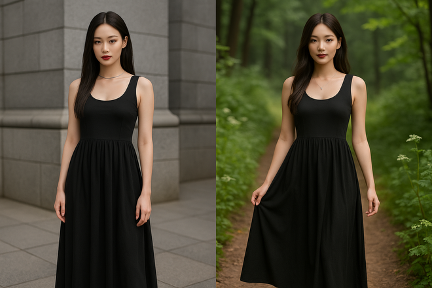
- Left: human model in white tee and black ripped shorts; right: AI model, same outfit—can you tell which is real?
Ideas for Engagement:
- Post A/B images with a voting call to action
- Use “Guess the AI image” prompts for fun engagement
- Run pre-launch polls like “Which look should we launch first?”
Chapter 3: Reinforcing Identity with Character-Based Styling
Why Character-Driven Outfits Work: Shoppers aren’t just buying clothes—they’re imagining themselves in a role or lifestyle. Outfits tied to relatable characters (e.g., “career woman,” “college student,” “vintage book lover”) enhance emotional resonance.
What Pic Copilot Does: AI try-on images can simulate diverse character types:
- Office professional (with corporate backdrop and confident pose)
- Nature-loving student (soft light, plants, gentle smile)
- Bookish vintage girl (warm tone, study setting)
Example:
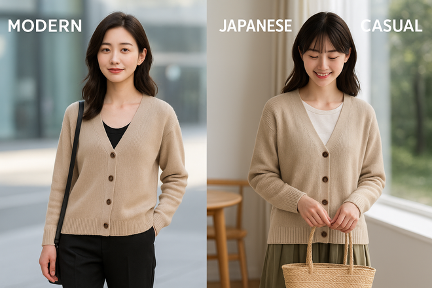
- One cardigan shown in both a modern commuter and a soft vintage roleplay
You can set facial expressions, poses, and backgrounds to match each brand story—far more flexible and emotional than standard static model shots.
How to Use This for Brand Building:
- Add character-style visuals alongside product shots
- Post quizzes like “Which style are you today?”
- Use these character types as seasonal personas to reinforce brand voice
The power of AI is not in mimicking models—it’s in building roles that shoppers connect with.
Chapter 4: Telling a Visual Brand Story with AI Imagery
AI try-on images go beyond individual visuals—they create a visual language for brands.
Instead of investing in high-budget campaigns, smaller brands can now build consistent visual identities with just a few tools:
Five Elements to Build Visual Identity:
1. Consistent Model Choice: Use one or two signature virtual models across all campaigns
2. Cohesive Scenes: Choose recurring elements like café shots, soft city shadows, or natural light
3. Color Matching: Align clothing, background, and lighting with brand palette
4. Unified Poses: Stick with signature postures like over-the-shoulder or walking away
5. Emotional Tone: Use expressions like confident, relaxed, joyful to match your brand message
Example:
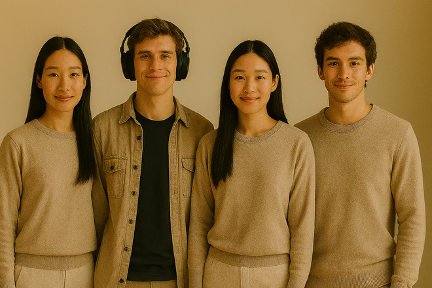
A brand shows 5 new tops on the same virtual model, with warm light and soft smiles—a cohesive mood that becomes instantly recognizable.
Storytelling Tips:
- Define your brand motto, e.g., “Effortless looks for confident women”
- Choose visual cues that reflect it: natural light, linen texture, calm expressions
- Always launch new products using your brand’s set visual rules
- Match AI visuals with text overlays, quotes, and slogans
With Pic Copilot, building a content-rich, visually aligned brand story becomes not only feasible—but fast.
Chapter 5: A/B Testing and Optimization for Real Conversion Impact
Why Visual A/B Testing Works: In a saturated feed, image style can make or break performance. For key assets like thumbnails and PDP hero shots, small changes affect CTRs and bounce rates.
What You Can Test with AI Images: - Facial expression: smile vs. neutral - Pose: standing vs. walking - Background: indoor vs. street - Light tone: warm vs. soft - Color contrast: neutral vs. vibrant
Testing Tips: - Pick top SKUs to test visuals - Only change one variable at a time - Test across the same platform for clean data - Monitor CTR, time-on-page, and conversion
Even without a big team, small sellers can test 2 visuals per SKU, track daily, and choose winners.
AI try-on becomes not just good-looking—it becomes measurably better-performing.
Chapter 6: Making Image Production Collaborative and Fast
The Problem: Traditional workflow = slow, scattered, hard to scale
One set of visuals usually requires many hands—designers, photographers, editors, marketers—and endless back-and-forth. Delays are common, especially with tight seasonal calendars.
AI Try-On as Content Hub: Pic Copilot allows each team to work in sync: - Product team: uploads SKUs and reviews auto-generated style angles - Designers: use images to make banners and collages - Ops/marketing: prep visuals early, no shoot delays - Social team: export platform-ready visuals with 1-click
Example Workflow: 1. Upload new SKU 2. Generate 5 styled images with scene variety 3. Designers pick 1–2 for main page use 4. Ops pick 2 for campaigns 5. Social team crops and exports for video covers
From upload to publish, the entire cycle can finish in under an hour.
Chapter 7: Future Trends—How AI Visuals Will Redefine Brand Ops
AI imagery marks a new phase of e-commerce: one that’s algorithmic, fast, and narrative-driven.
Trend 1: In-House Visual Factories
· No longer dependent on photo studios or freelancers
· Brands produce content on-demand, on-brand, on-schedule
Trend 2: Automated Launch Calendars
· AI creates weekly/monthly visual sets for sales, holidays, trends
· Always have “today’s post” ready with visual consistency
Trend 3: Algorithmic Style Systems
· Not just logos and fonts—brands build visual identity into generation rules
· Pic Copilot allows model, palette, and scene presets for scalable coherence
Trend 4: New Visual User Relationships
· Try-on tools become interactive: quizzes, style match, self-preview
· Users feel seen in brand content and build emotional loyalty
Conclusion
AI try-on images are not here to replace creativity—but to power it. They let brands move faster, tell deeper stories, and produce at scale—without burning budgets.
From PDPs to polls, lookbooks to livestreams, AI visuals are turning content into a performance engine. The future belongs to brands that can not only dress well—but communicate visually at speed.
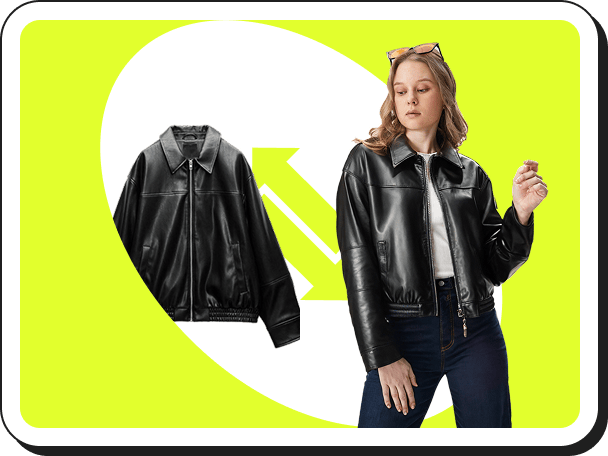 Virtual Try On
Virtual Try On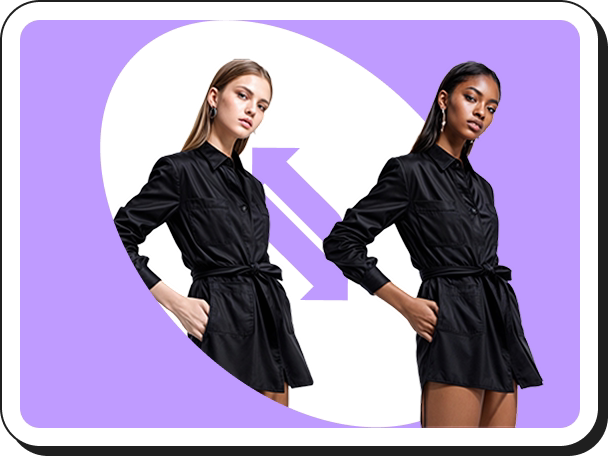 AI Model Swap
AI Model Swap Fashion Reels
Fashion Reels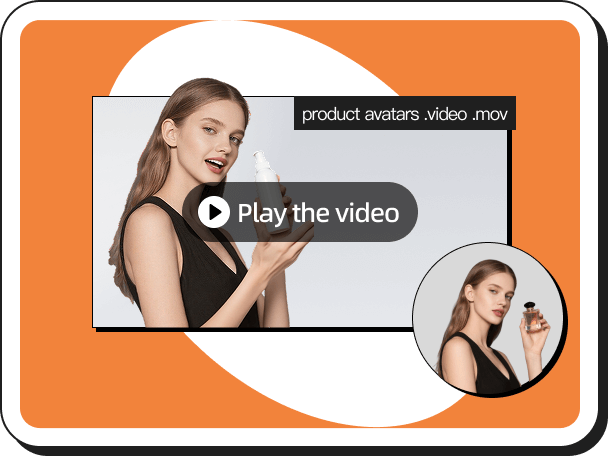 Product Avatars
Product Avatars Product AnyShoot
Product AnyShoot Virtual Try On Accessories
Virtual Try On Accessories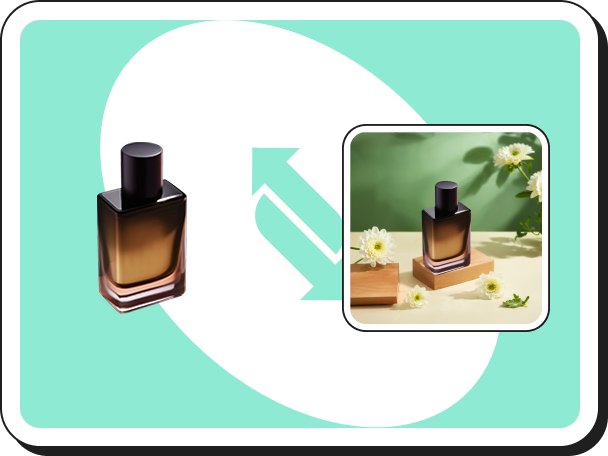 AI Backgrounds
AI Backgrounds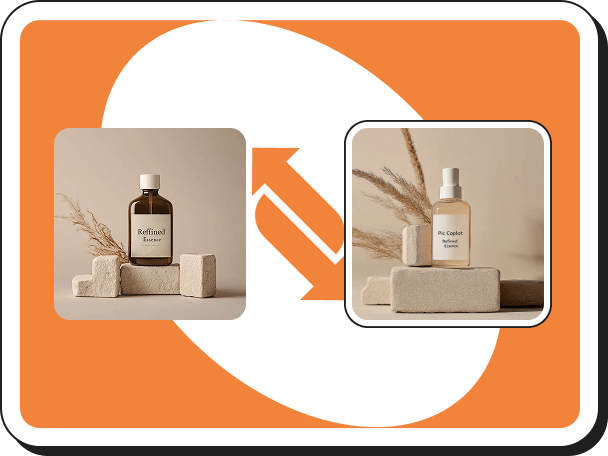 Style Clone
Style Clone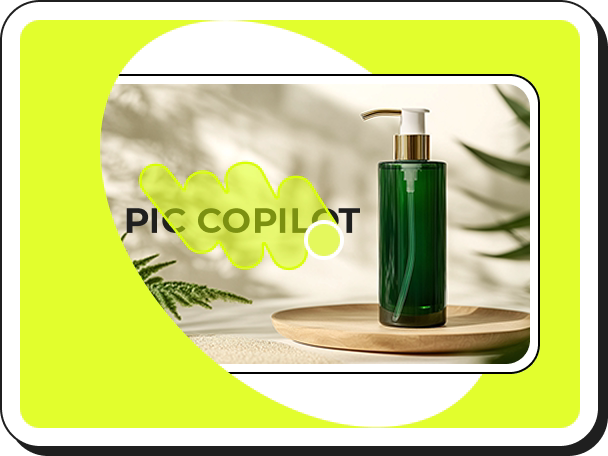 Remove Watermark
Remove Watermark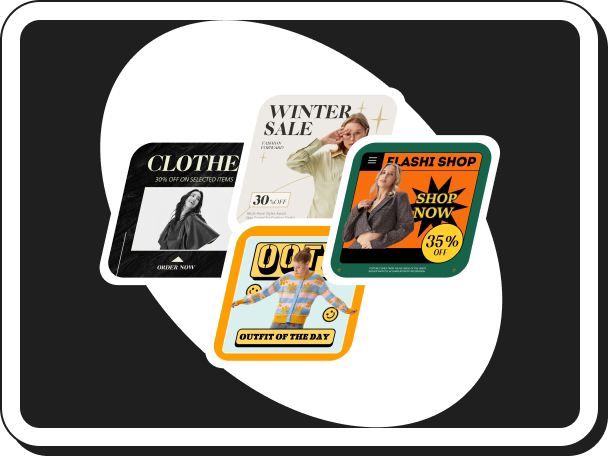 AI Templates
AI Templates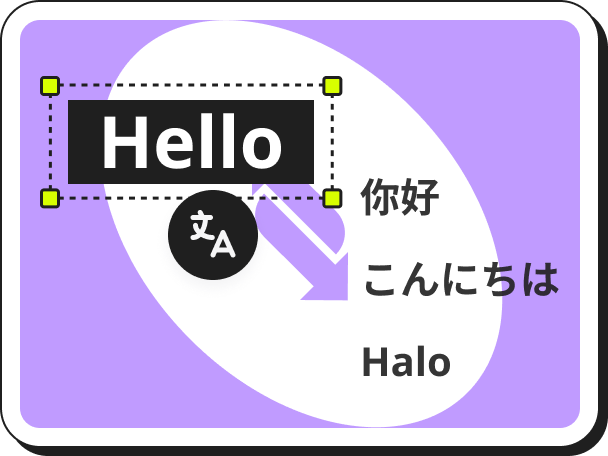 Image Translator
Image Translator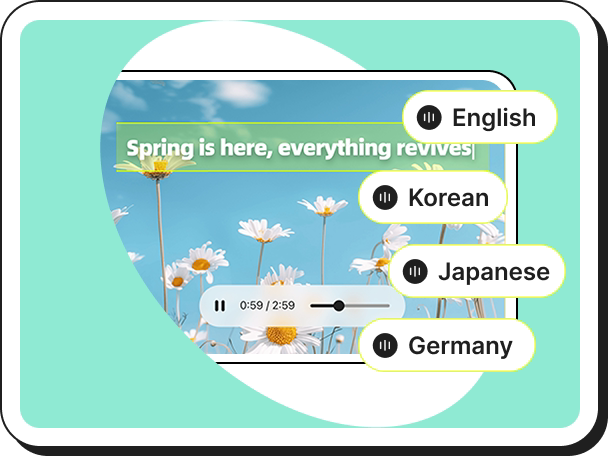 AI Dubbing
AI Dubbing Virtual Try On Shoes
Virtual Try On Shoes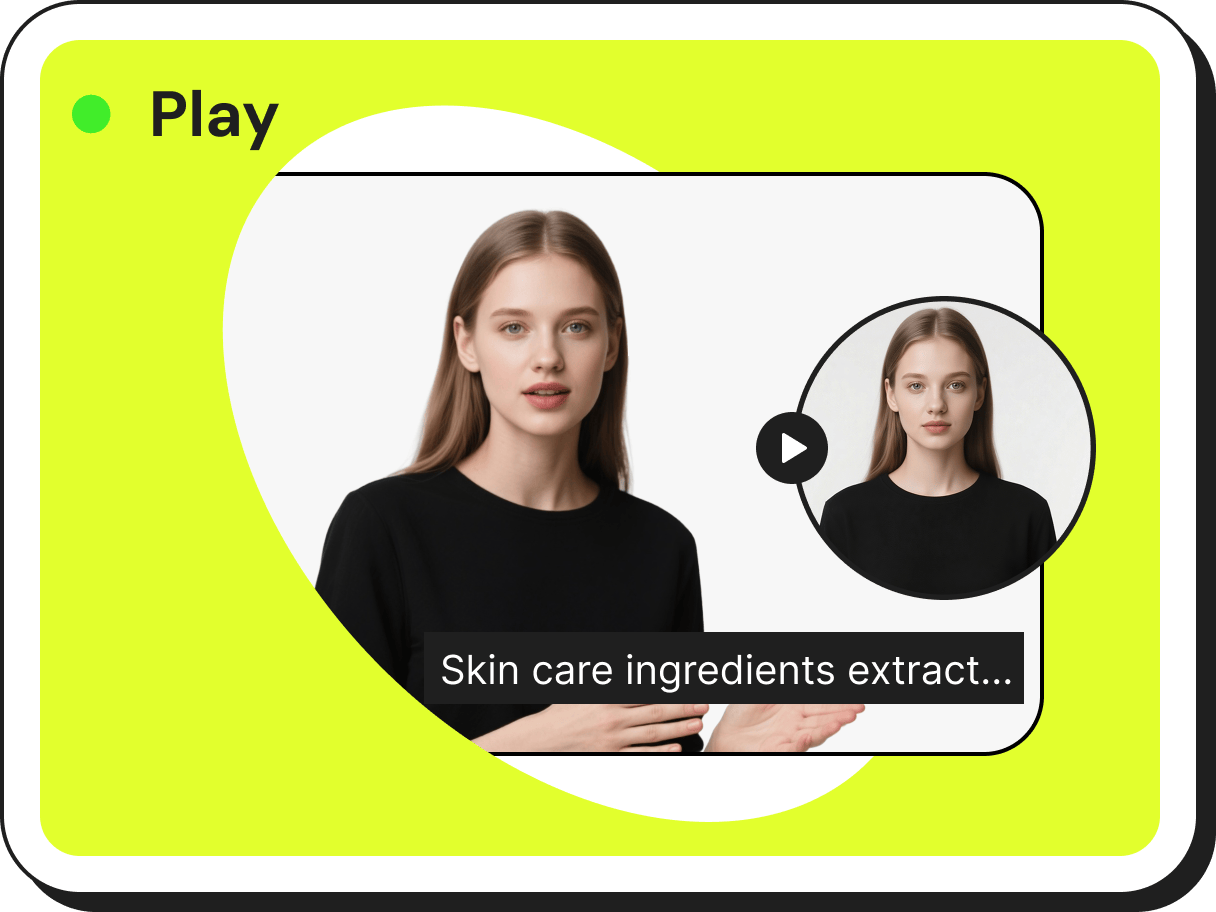 AI Avatars
AI Avatars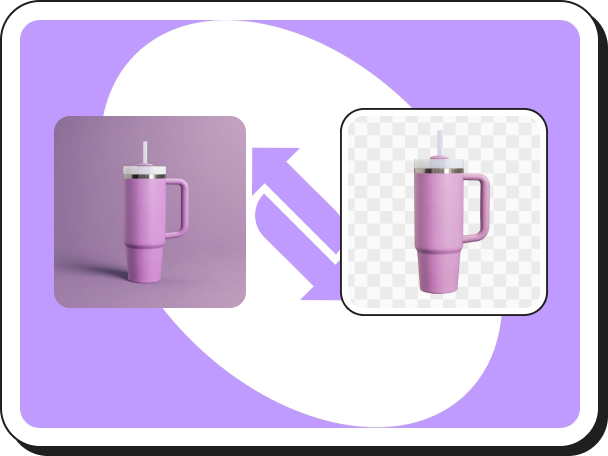 Background Remover
Background Remover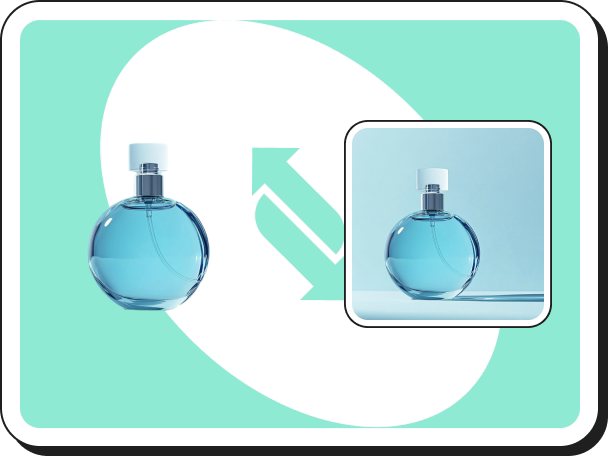 AI Shadows
AI Shadows Image Upscaler
Image Upscaler Image Enhancer
Image Enhancer